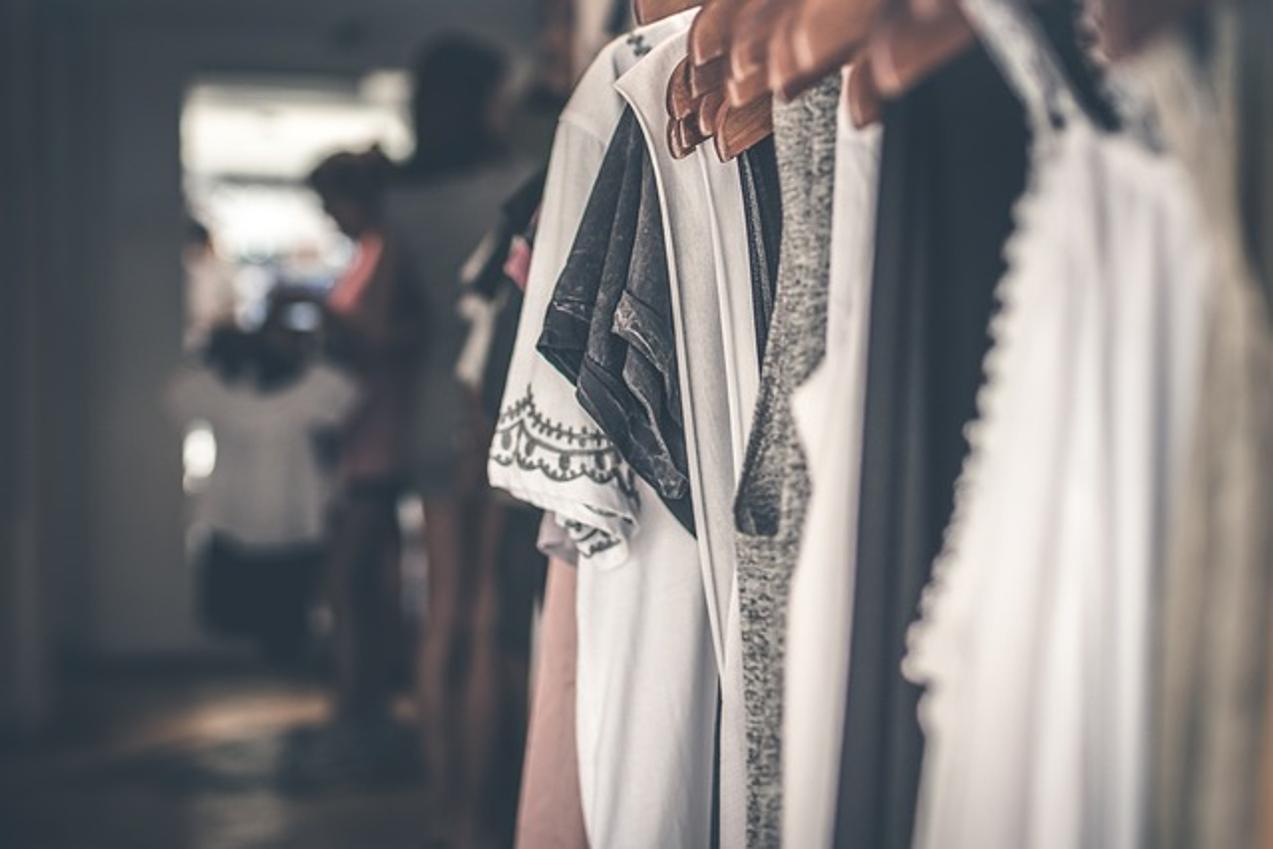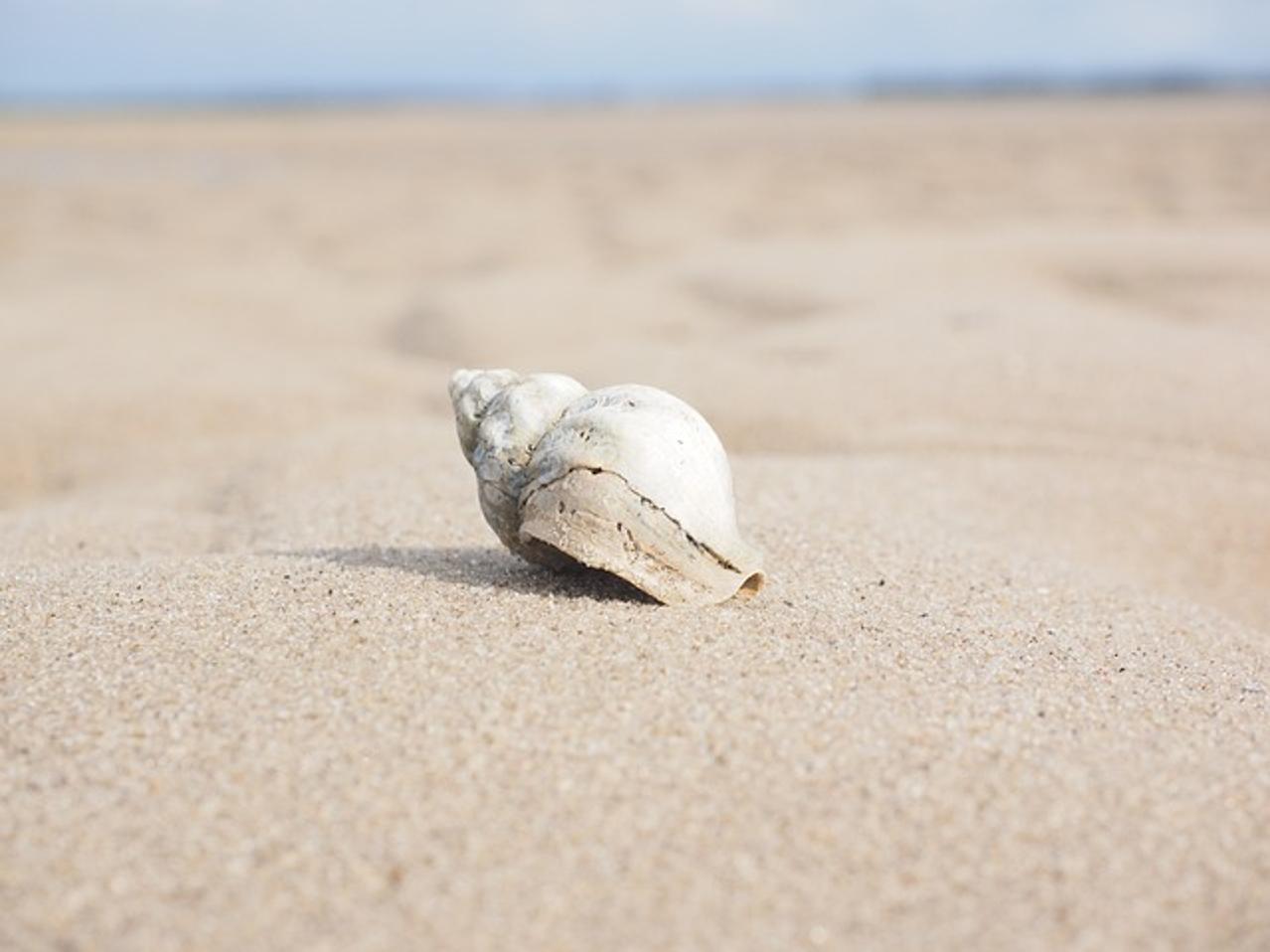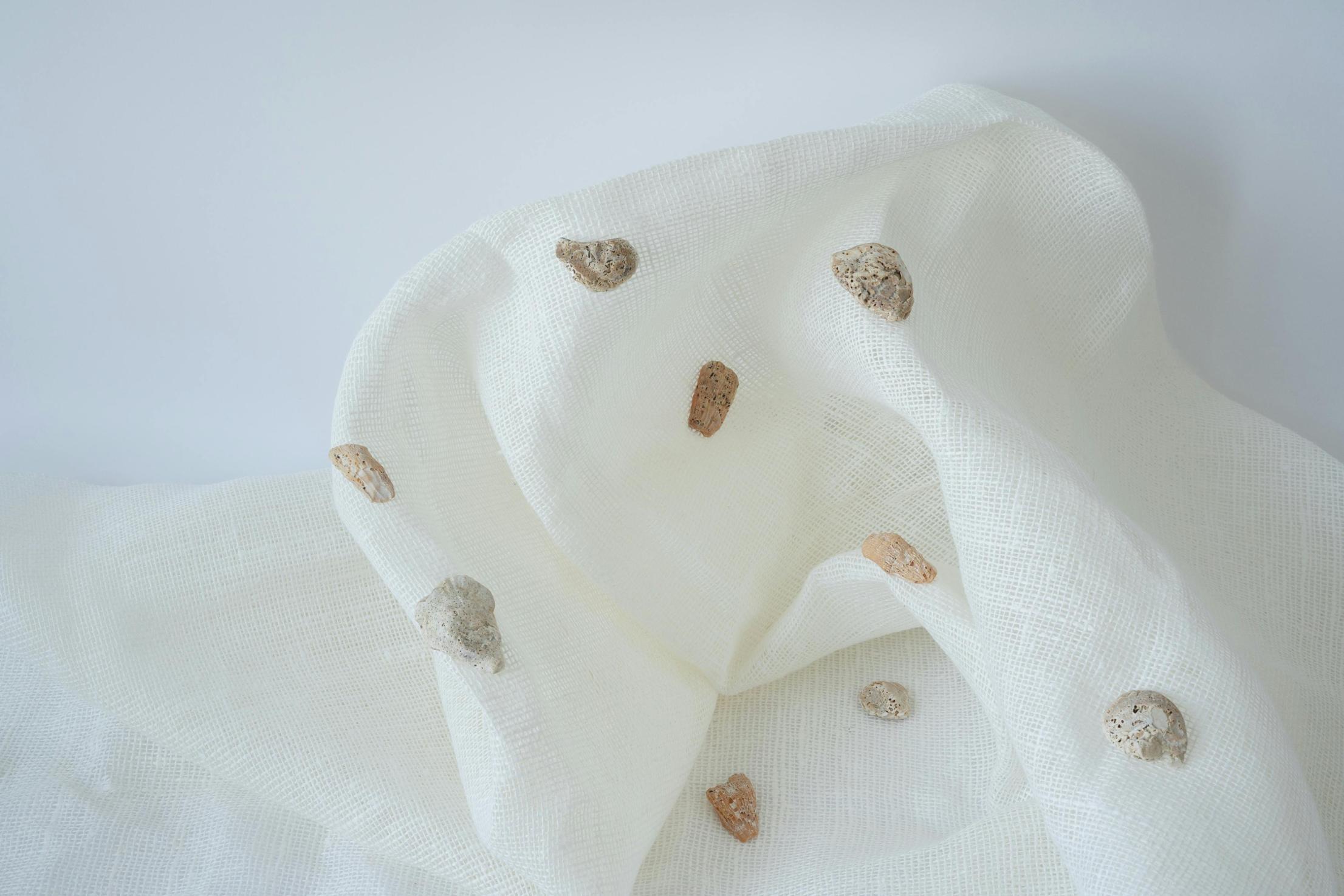What is Soft Shell Clothing?
Introduction
Soft shell clothing features prominently in outdoor apparel, offering a balance of comfort, breathability, and protection. Designed for a variety of outdoor activities, these garments bridge the gap between waterproof hard shells and insulating fleece. Soft shells are made from stretchy woven fabric allowing ease of movement, making them perfect for active users.

The Fundamentals of Soft Shell Clothing
Soft shell clothing typically consists of a multi-layer fabric designed to provide moderate weather resistance and ventilation. These layers usually include an inner fleece layer for warmth and a durable outer layer designed to repel wind and water. The fabric’s inherent breathability differentiates it from other outerwear types, allowing the wearer to stay comfortable during high-intensity activities. Additionally, soft shell materials are renowned for their flexibility, durability, and lightweight nature.
Advantages of Soft Shell Clothing
Soft shell clothing offers numerous benefits that make it a favorite among outdoor enthusiasts:
- Breathability: Unlike traditional hard shells, soft shell fabrics allow perspiration to escape, preventing the buildup of moisture inside the garment. This is particularly beneficial during activities that involve varying levels of exertion.
- Comfort: The elasticity and softness of the fabric ensure a comfortable fit, reducing chafing and restricting movement.
- Light Weight and Packability: Soft shells are generally lighter and more compact than hard shells, making them easy to pack for trips.
- Wind and Water Resistance: While not entirely waterproof, soft shell materials offer significant resistance to wind and light rain, making them suitable for many weather conditions.
- Versatility: Soft shells can serve various functions – from a standalone jacket in moderate conditions to a mid-layer during colder weather, showcasing their adaptability across different climates and activities.

Types of Soft Shell Clothing
Soft shell clothing comes in various forms, each tailored to specific needs and activities.
Soft Shell Jackets
Soft shell jackets are the most common type, designed to provide warmth and protection from the elements. They often feature adjustable hoods, multiple pockets, and ventilation zips.
Soft Shell Pants
Soft shell pants offer similar benefits as jackets but are designed for lower body protection. Ideal for hiking, climbing, and other strenuous activities, these pants provide warmth, flexibility, and moisture resistance.
Soft Shell Vests
Soft shell vests are versatile garments that provide core warmth without restricting arm movement. They are perfect for layering over a base layer or under a hard shell, offering added protection and warmth.
Comparing Soft Shell to Other Outerwear
Choosing the right outerwear depends on understanding the advantages and disadvantages of various fabrics and designs.
Soft Shell vs. Hard Shell
Hard shell clothing is typically fully waterproof and designed for extreme weather conditions. However, these garments can be less breathable and more rigid compared to soft shells. Soft shells, while not completely waterproof, offer better breathability and comfort, making them suitable for activities requiring more movement and moderate weather conditions. Additionally, soft shells can be more compact and easier to pack when compared to their hard shell counterparts.
Soft Shell vs. Fleece
Although fleece provides excellent warmth, it lacks wind and water resistance. Soft shells incorporate the insulating properties of fleece while adding the outer layer that offers protection from the elements, making them more versatile and suitable for variable weather conditions. Fleece garments tend to be bulkier, while soft shells provide a more streamlined profile, making them a practical choice for multi-layered outfits.
When to Wear Soft Shell Clothing
Soft shell clothing excels in a variety of outdoor activities and conditions. From hiking and climbing to running in cooler climates, these garments are designed to adapt and perform. Here are some specific activities where soft shell clothing shines:
Hiking
Soft shell jackets and pants are perfect for hiking due to their flexibility, breathability, and resistance to wind and light rain. They help maintain a comfortable body temperature while managing perspiration effectively. Whether you are on a short day hike or a multi-day expedition, soft shell clothing can adapt to the varying conditions you might encounter on the trail.
Climbing
Climbers benefit from the flexibility and durability of soft shells. Soft shell fabrics stretch with movement, providing unrestricted maneuverability and consistent protection against rugged terrain and variable weather. Their resistance to abrasion also makes them a reliable choice for climbing activities where scraping against rock surfaces is common.
Running
For runners, especially in cooler climates, soft shell vests and light jackets offer excellent wind resistance and breathability. They balance warmth and ventilation, ensuring comfort during different phases of a run. Whether you’re on a morning jog or a long-distance trail run, soft shell clothing can provide the necessary protection without overheating.
How to Care for Your Soft Shell Apparel
Proper care can extend the life of your soft shell clothing, maintaining its performance and appearance. Here are some essential tips to keep your gear in top shape:
- Washing: Use a gentle detergent and avoid fabric softeners, which can clog the pores of the fabric. Ideally, wash in cold water on a gentle cycle.
- Drying: Air dry or tumble dry on low heat to preserve the fabric’s integrity. Exposing soft shell fabrics to high heat can damage the fibers and diminish their protective qualities.
- Reproofing: If water resistance diminishes, apply a textile-specific waterproofing spray to the outer surface. Doing so will refresh the garment’s ability to repel moisture and extend its usability in wet conditions.
- Regular Inspection: Check for any wear or tear and repair small damages promptly to prevent further degradation. This can include inspecting zippers, seams, and any areas prone to friction.

Top Brands and Models to Consider in 2024
Several brands are known for their high-quality soft shell products. Here are some top picks to consider for your outdoor adventures:
- Arc’teryx Gamma LT: Renowned for its durability and design, ideal for various outdoor activities.
- Patagonia Adze Hoody: Offers excellent wind resistance and breathability, suitable for diverse weather conditions.
- The North Face Apex Bionic: A versatile and functional model that provides robust protection against wind and light rain.
- Outdoor Research Ferrosi: Known for its superior flexibility and comfort, perfect for high-movement activities like climbing and hiking.
Conclusion
Soft shell clothing offers a unique combination of comfort, flexibility, and moderate weather protection, making it an essential piece of gear for outdoor enthusiasts. By understanding its benefits and proper care techniques, you can make the most of your soft shell apparel in various activities and weather conditions. Investing in high-quality brands ensures long-lasting performance and satisfaction, allowing you to enjoy your outdoor pursuits to the fullest.
Frequently Asked Questions
Is soft shell clothing waterproof?
Soft shell clothing is typically water-resistant but not completely waterproof. It’s designed to repel light rain and snow but may not withstand heavy downpours.
How do I layer with soft shell clothing?
Soft shells work well as a mid-layer under a hard shell for added warmth or as an outer layer in milder conditions. Pair with moisture-wicking base layers for optimal comfort.
Can I wear soft shell clothing in extreme cold?
While suitable for moderately cold conditions, soft shell clothing may not provide adequate insulation for extreme cold. Layering with additional insulating layers, such as down jackets, is recommended for very cold environments.
